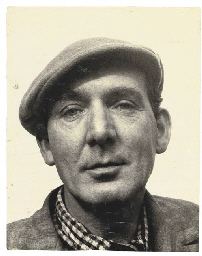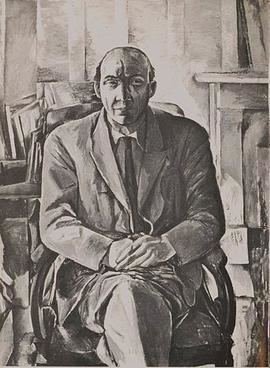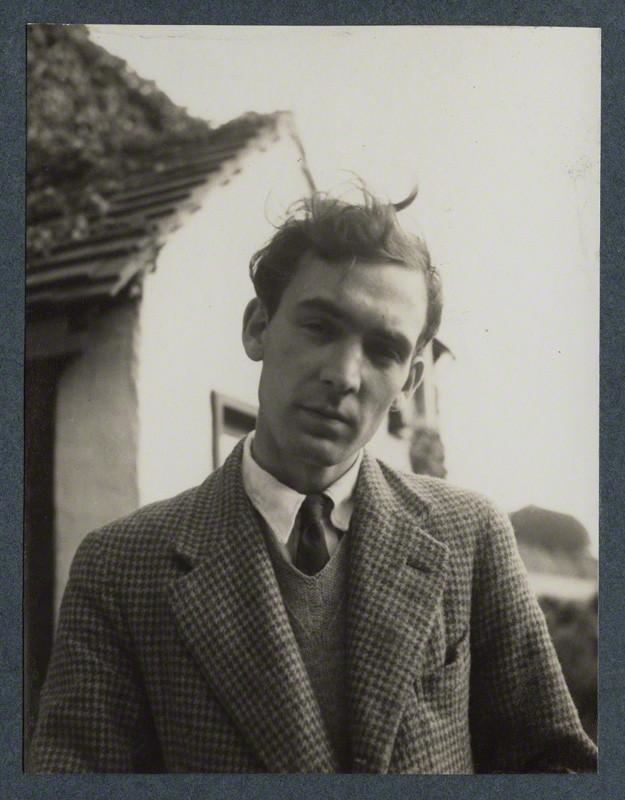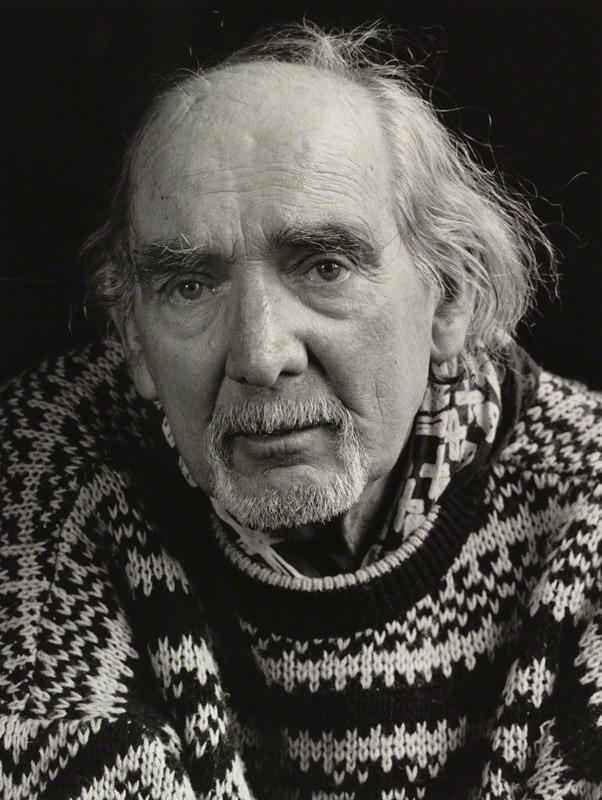Nationality English Children Raffaella Barker | Name George Barker Siblings Kit Barker Role Poet | |
 | ||
Books The Dead Seagull, Street Ballads, Principles for Nature Conserva, Selected Poems, Dibby Dubby Dhu and Other | ||
Education University of Westminster | ||
Dylan thomas reads the poetry of william butler yeats w h auden george barker w h davies walter
George Granville Barker (26 February 1913 – 27 October 1991) was an English poet, identified with the New Apocalyptics movement, which reacted against 1930’s realism with mythical and surrealistic themes. His long liaison with Elizabeth Smart was the subject of her cult-novel By Grand Central Station I Sat Down and Wept.
Contents
- Dylan thomas reads the poetry of william butler yeats w h auden george barker w h davies walter
- Life and work
- References

Life and work

Barker was born in Loughton, near Epping Forest in Essex, England, elder brother of the painter Kit Barker. He was raised by his Irish mother and English father in Battersea, London. He was educated at an L.C.C. school and at Regent Street Polytechnic. Having left school at an early age he pursued several odd jobs before settling on a career in writing. Early volumes of note by Barker include Thirty Preliminary Poems (1933), Poems (1935) and Calamiterror (1937), which was inspired by the Spanish Civil War, and contains an attack on the Spanish Nationalists.

In his early twenties, Barker had already been published by T. S. Eliot at Faber and Faber, who also helped him to gain appointment as Professor of English Literature in 1939 at Tohoku University (Sendai, Miyagi, Japan). He left there in 1940 due to the hostilities, but wrote Pacific Sonnets during his tenure.

He then travelled to the United States where he began his longtime liaison with writer Elizabeth Smart, by whom he had four of his fifteen children. Barker also had three children by his first wife, Jessica. He returned to England in 1943. From the late 1960s until his death, he lived in Itteringham, Norfolk, with his wife Elspeth Barker, the novelist. In 1969, he published the poem At Thurgarton Church, the village of Thurgarton being a few miles from Itteringham.

Barker's 1950 novel, The Dead Seagull, described his affair with Smart, whose 1945 novel By Grand Central Station I Sat Down and Wept was also about the affair. His Collected Poems (ISBN 0-571-13972-8) were edited by Robert Fraser and published in 1987 by Faber and Faber. Barker was partly associated with the New Apocalyptics movement, which reacted against 1930’s realism with surrealistic and mythical themes. But his characteristically independent idiosyncrasies set him off as an individual in his own right.
A notoriously uneven writer, Barker's masterpiece was considered by C. H. Sisson to be The True Confession of George Barker.
In describing the difficulties in writing his biography, Barker was quoted as saying, "I've stirred the facts around too much ... It simply can't be done." Yet, Robert Fraser did just that with The Chameleon Poet: A Life of George Barker.
